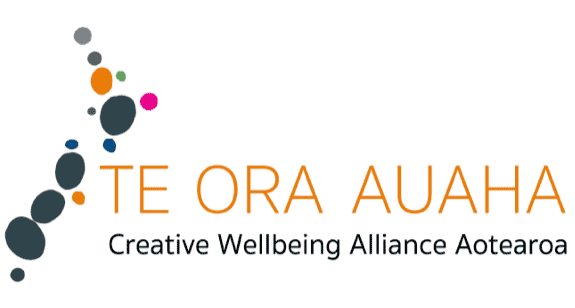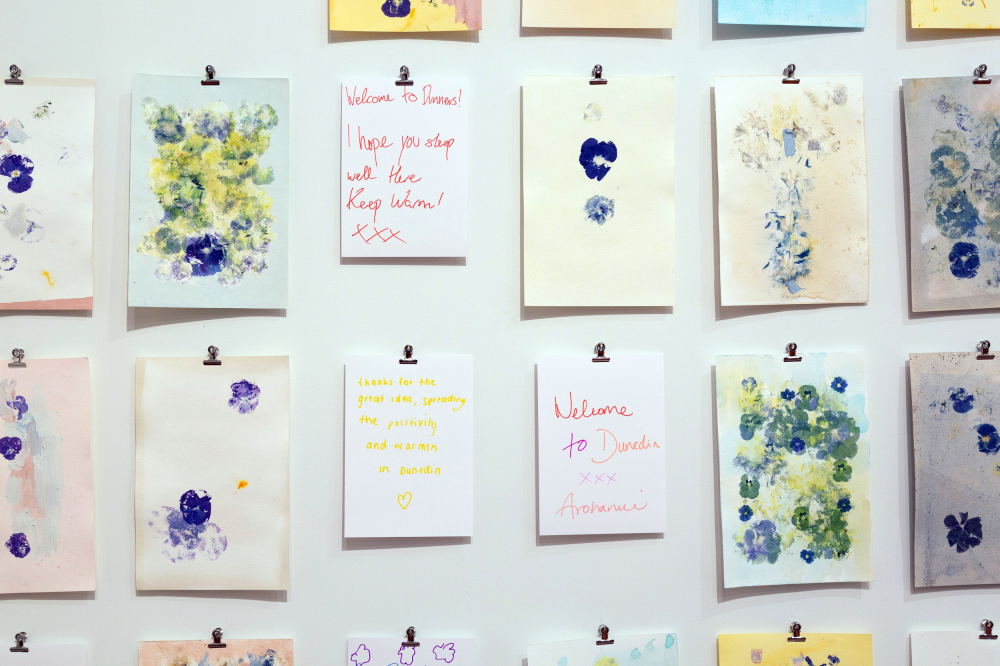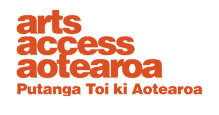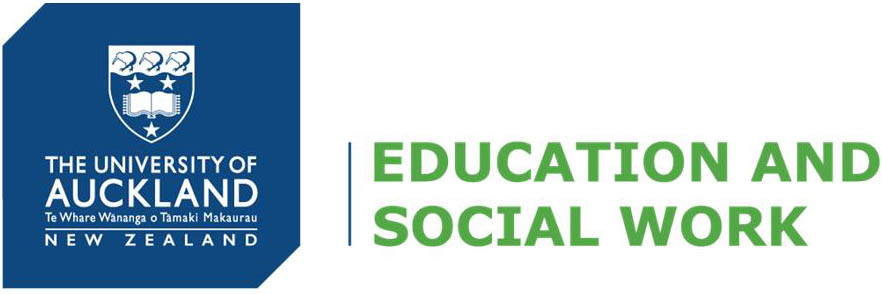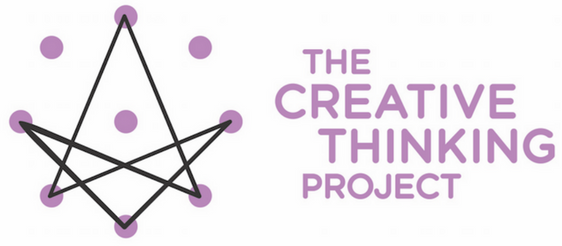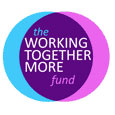As a social practice artist, Tiffany Singh creates socially engaged art outcomes which are based on the importance of cross-cultural dialogues between the artist, community partners, and the audience. Singh’s works often revolve around a defined system of exchange, which invites and encourages both people and objects to move in and out of gallery spaces. These systems of exchange align with organisations specific to the community where the project is taking place – anchoring the interactions, conversations and wellbeing outcomes in the local community. In this interview, Tiffany speaks to her work and her current project Make a House a Home at the Dunedin Art Gallery.

Why did you choose to do an exchange of your artwork for items as part of your exhibition?
I have worked with the concept of exchange for many years and as the exhibition explores ideas of movement, motion and interactivity it seemed a logical fit. As the process of barter or rather exchange then becomes a part of social memory, means of storytelling as an opportunity for positive conversations around resettlement to happen.
How will this help the Make a House a Home Project?
The use of barter or exchange in this way, attempts to transcend a purely economic realm through meaning which enables the audience to become co-makers in the project. With the opportunity to personally contribute to smooth resettlement and positive integration for people of refugee backgrounds arriving in Dunedin later this year.
On four set days, starting on World Refugee Day (20 June), members of the public will be able to donate items to the Red Cross Refugee Resettlement Programme in exchange for one of #108 series prints. These donated items will be placed on the shelving that surrounds the prints, with the shelving filling up and the grid emptying as the project progresses. At the end of this exhibition, all items will be donated to the Red Cross and divided amongst the families, acting as a small token of welcome and support.

Why did you choose to be a part of the Make a House a Home Project?
I didn’t choose to be a part of it, I created it. As I have previously worked in partnership with the Aotearoa Resettled Community Coalition to redefine the understanding of what it means to be a part of the resettled community for headland Sculpture on The Gulf 2017. The artwork enabled a platform for stories of resettlement to be heard in a celebration of tolerance and diversity. The power of the arts to bring awareness to the challenges these new New Zealander’s faced affected me greatly. Making me aware of my job as a contemporary artist and the contribution I could make to the health and wellbeing of our new citizens. I therefore thought it would be an excellent opportunity to further that narrative and welcomed the opportunity to partner with the Red Cross.
Why did you paint the specific designs for each individual artwork the exchange? Was there any reason or meaning behind that?
The works aren’t painted they are created through dye and press processes with natural materials. There are 108 works which speaks to the number of single prayer beads that make up a mala. As a mala is a supportive and protective tool to assist transformation. The use of only natural materials in the series is a nod to our relationship with the earth and our transient sentient moments upon her. These artworks are comprised of materials known for their healing properties including indigo, turmeric, rose, saffron, salts, pansy, butterfly pea flower, heartsease and earth as both the process of participation and the outcome are meant to operate as a cathartic practice.

Do you think more artists should do this interactive kind of exhibition? What does it achieve?
I would never comment on what other artists should be doing, I can only ever speak to my own intentions. For me finding a way to be useful through art is important, this is in a larger societal sense. As the work can quite often provide a counter narrative that give audiences the opportunity to consider an issue from a different perspective.
How is it different being a social practice artist rather than just a traditional artist?
There are a few major points of departure, the first is that you cannot work alone. My artworks are always informed by memoriam of understanding between myself and the social organization I am working in partnership with. Quite often there is also audience engagement as well. The second is that the process and the ethical human relations are as important as the final art outcome. As much as you can anticipate and plan for the outcome, you never really know what’s going to happen when the art medium focuses on engagement through human interaction and social discourse. Because of this there is an element of letting go of control over the work, rather than being in control of its final aesthetic. Lastly and perhaps most importantly, socially engaged art aims to create social and/or political change through collaboration with individuals, communities and institutions in the creation of art.

What do you hope people get out of this exhibition, particularly if they participate in the exchange?
The gallery and I have provided a space for individual exchanges to become part of a much larger collective outcome – one that provides the opportunity to consider the new migrants who have entered Dunedin (and Aotearoa), the Red Cross Resettlement Programme and what it means to make a home in a new country. In doing so we have created an artwork that provides a welcome space, both for and by the community to help the local community support the resettled community and to extend a welcoming hand to those who are fortunate to resettle in Dunedin.
Each print represents one small part of the larger project and its ambitions, forever linking those that have entered the exchange process. The art work becomes a facilitation for kindness and generosity that have benefits for both the participant and the receiver. It is important to do things that are good for the heart, to make time ourselves and each other. In doing this the artwork becomes a tangible place for the relationship between art and wellbeing to be seen, heard and acted upon.

What do you want to do in the future/what other projects do you have planned?
I think my biggest achievement in Aotearoa thus far, has been my contribution to Te Ora Auaha, a national network for the arts, health and wellbeing. I would like to be involved in growing this framework and speaking to what it promotes and supports through my own practice. As the arts have a significant contribution to make to our health and wellbeing. They enrich our everyday lives, connect our communities, help us to describe and make sense of our world, and are a valuable resource in health and social care contexts.
The Make A House A Home Project is being exhibited in Bangkok, Thailand simultaneously. As I am currently on an Artist in residency programme hosted by Bangkok 1899. We have partnered with Na Projects Group, Amnesty Thailand, Asylum Access Global and Host International to work with the children of refugee families, making works that will be available for exchange for World Refugee Day. The landscape is different here from New Zealand as there are refugees in Thailand. There are no refugees in New Zealand only people from refugee backgrounds. When people are granted Asylum in NZ they become NZ citizens this is important. As we need to identify with them as New Zealanders not displaced people.

Exchanges will take place between 10am – 12pm on the following days:
Thursday 20 June
Saturday 27 July
Thursday 22 August
Saturday 28 September
To learn more about Make a House a Home , visit this page of The Dunedin Art Gallery.
To see more of Tiffany's work, visit www.tiffanysingh.com.
